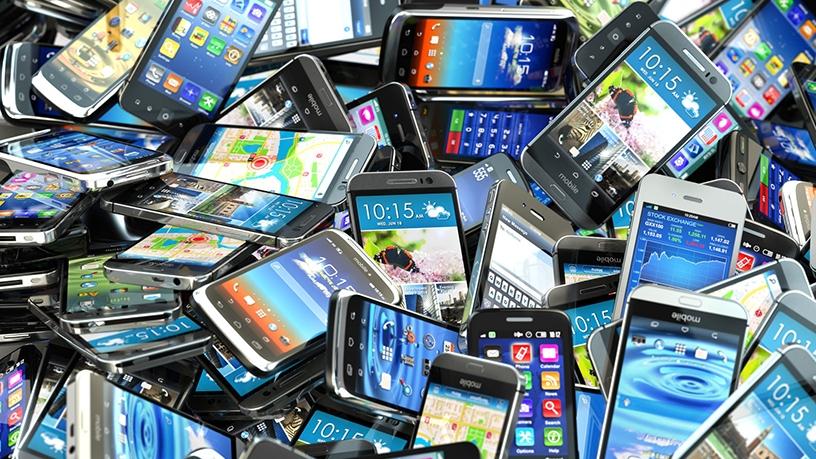
The Gulf Cooperation Council (GCC) mobile phone market remained flat in Q3 2017, according to the latest figures by International Data Corporation's (IDC's) Quarterly Mobile Phone Tracker.
The Quarterly Mobile Phone Tracker shows overall shipments for the quarter totalled 6.4 million units, reflecting an increase of just 0.1% quarter on quarter.
Shipments of smartphones declined 4.9% quarter on quarter, but this was offset by a 13% increase in feature phone shipments which helped deliver a semblance of stability to the overall mobile phone market, says IDC. Strong demand for Nokia's new range of feature phones was the main driving force behind the growth seen in this segment during Q3 2017, it says.
The research firm says the performance of the individual country markets varied significantly, with Oman and Saudi Arabia seeing shipments of mobile phones increase 5.5% and 2.6%, respectively, when compared with the previous quarter. Meanwhile, the United Arab Emirates, Kuwait, and Bahrain suffered respective declines of -4.4%, -4.8% and -6.3% over the same period.
"The decline in smartphone shipments comes after years of continuous growth and can be attributed to a variety of reasons, says Nabila Popal, senior research manager for mobile phones, augmented reality / virtual reality, and displays at IDC Middle East and Africa (MEA).
"Changes in consumer behaviour have resulted in refresh cycles becoming longer, while the lack of truly innovative, differentiating features incorporated within new models is also hampering demand. We have also seen a change in some vendor strategies as they switch their focus from volume to value."
Nokia dominated the feature phone category in Q3 2017, increasing its shipments 18.3% quarter on quarter to account for 90.8% share of the GCC market, says IDC. In the smartphone category, Samsung and Apple remained the key volume movers in Q3 2017, with respective market shares of 39.6% and 20.7%, it adds. IDC notes in light of the challenging market conditions, many brands have looked to consolidate their market positions and implement leaner operating models in a bid to reduce costs.
"The region's mobile phone market is clearly going through a challenging period, and it is the brands that remain most relevant to consumers that will be best positioned to sustain the market during and after this difficult phase," says Isaac T Ngatia, a senior research analyst at IDC MEA.
"It is particularly interesting to note that despite the overall decline seen in the smartphone market, brands such as Oppo, HTC, Lava, ASUS, Huawei, and Honor all experienced quarter on quarter shipment growth in Q3 2017, accounting for a combined share of 19.4%."
Looking ahead, IDC expects the overall GCC mobile phone market to decline -4.3% year on year in 2018. The key markets of the UAE and Saudi Arabia are tipped to suffer year-on-year declines of -8.2% and -5.7%, respectively, due to challenging macroeconomic conditions, policy changes and implementations (i.e., the introduction of VAT), and pressure on financing, it says. IDC expects the GCC market to start its recovery in the following year, with year-on-year growth of 2.8% slated for 2019, followed by 9.7% in 2020.
Share